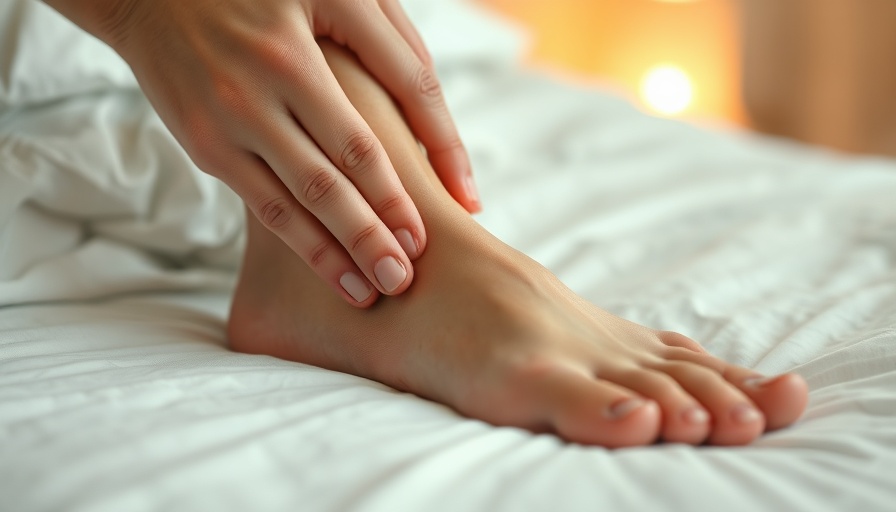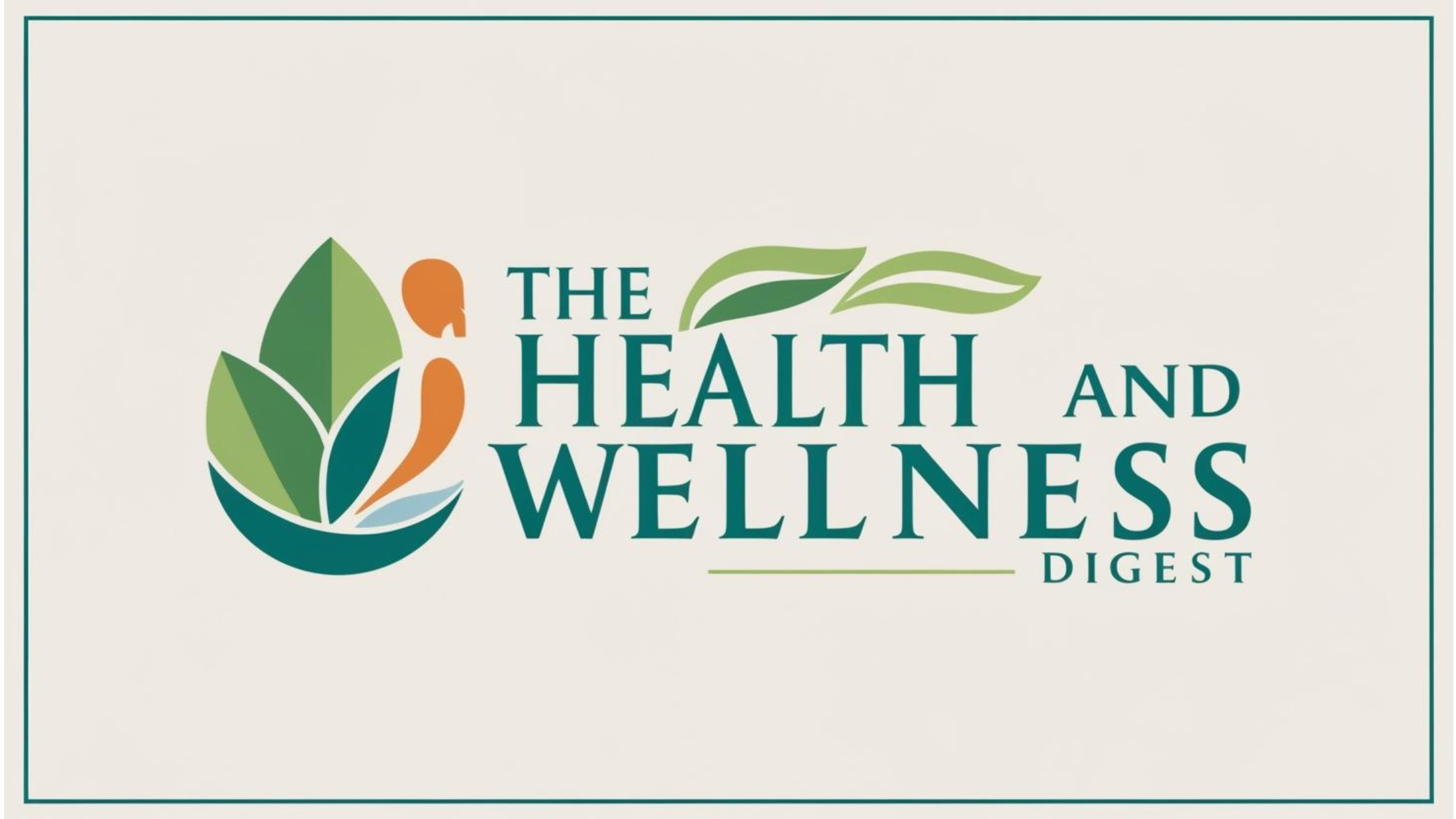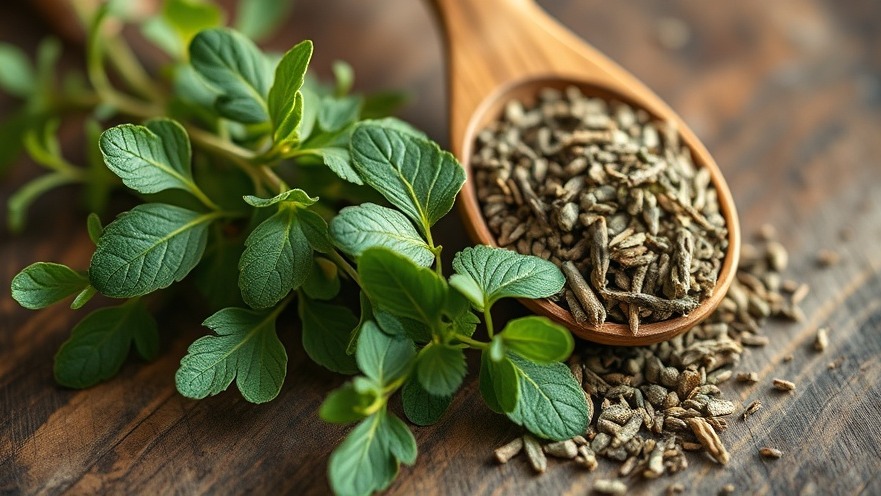
Understanding Pressure Injuries: A Quiet Epidemic
Pressure injuries, often referred to as pressure ulcers or bed sores, are a major health concern affecting millions worldwide. These painful wounds can develop from prolonged pressure on the skin, often leading to serious complications like infection, and can affect anyone, especially the elderly and those with limited mobility. With the right knowledge and proactive measures, however, families can greatly reduce the risk of these injuries affecting their loved ones.
The Risks Are Closer Than You Think
As we age, our skin loses elasticity and the ability to heal itself, significantly increasing our vulnerability to pressure injuries. Factors like medical conditions such as diabetes and vascular disease exacerbate this risk, along with nutritional deficiencies that weaken skin integrity. The National Pressure Injury Advisory Panel emphasizes the importance of understanding these risk factors to implement effective prevention strategies.
Step 1: Fueling Skin Health Through Nutrition
Nutrition is pivotal in maintaining skin health and preventing pressure injuries. To bolster skin integrity, focus on high-quality protein sources—lean meats, fish, legumes, and dairy play crucial roles in healing wounds. According to the Academy of Nutrition and Dietetics, individuals at risk of pressure injuries should consume about 1.2-1.5 grams of protein per kilogram of body weight. Additionally, incorporating Vitamin C-rich foods such as citrus fruits and leafy greens enhances collagen production, a vital component in wound healing.
Step 2: The Importance of Regular Position Changes
Implementing a structured schedule for repositioning is one of the most effective strategies in preventing pressure injuries. For those who are bedridden, it’s essential to change positions regularly, ideally every two hours. Utilize pillows to maintain alignment and alleviate pressure on bony areas. For wheelchair users, shifting weight or performing pressure relief exercises every 15-30 minutes is critical for restoring circulation and alleviating pressure points. These small actions can have significant long-term health benefits.
Step 3: Choosing the Right Support Surfaces
The choice of support surfaces can greatly influence the likelihood of developing pressure injuries. Older mattresses may not provide the necessary relief required for vulnerable individuals. Opting for memory foam or specialized pressure-relieving mattresses can help evenly distribute weight, thereby reducing pressure concentration on sensitive areas. Tailoring the choice of support surfaces to an individual’s mobility level and overall risk can make a considerable difference in injury prevention.
Step 4: Building an Effective Skincare Routine
Preventative skincare practices are essential in maintaining skin integrity. Focus on areas frequently subjected to pressure, like heels and tailbones. Keeping the skin clean and moisturized can help preserve its barrier function and prevent damage. Regular checks for any signs of redness or skin breakdown can ensure that potential problems are addressed before they escalate. By integrating consistent skin care into daily routines, caregivers can significantly mitigate risks associated with pressure injuries.
Prevention is Key: A Shared Responsibility
To safeguard loved ones from pressure injuries, proactive education and active monitoring are vital. Encourage open discussions about the risk factors and prevention strategies, ensuring every caregiver and family member is equipped with essential knowledge. The importance of prevention cannot be overstated—dedicating time to understand these four key steps can lead to healthier outcomes and improved quality of life.
If you found these insights valuable, consider initiating a discussion about pressure injury prevention in your community or family. Sharing knowledge is a powerful tool that can save lives and enhance health.
 Add Row
Add Row  Add Element
Add Element 



Write A Comment